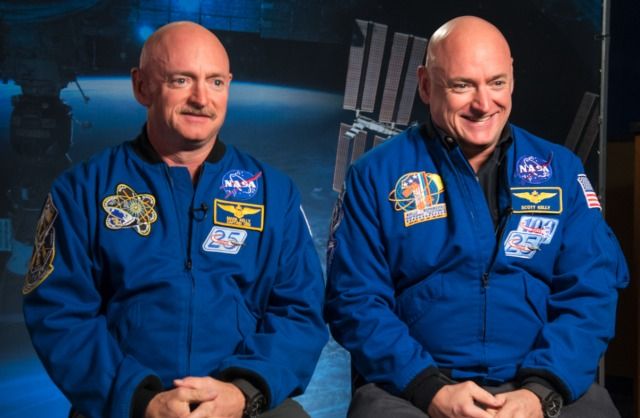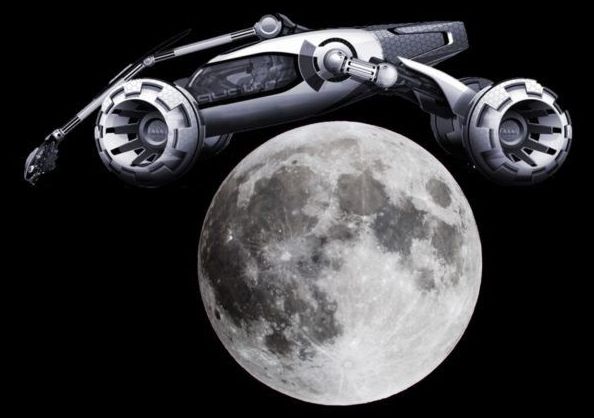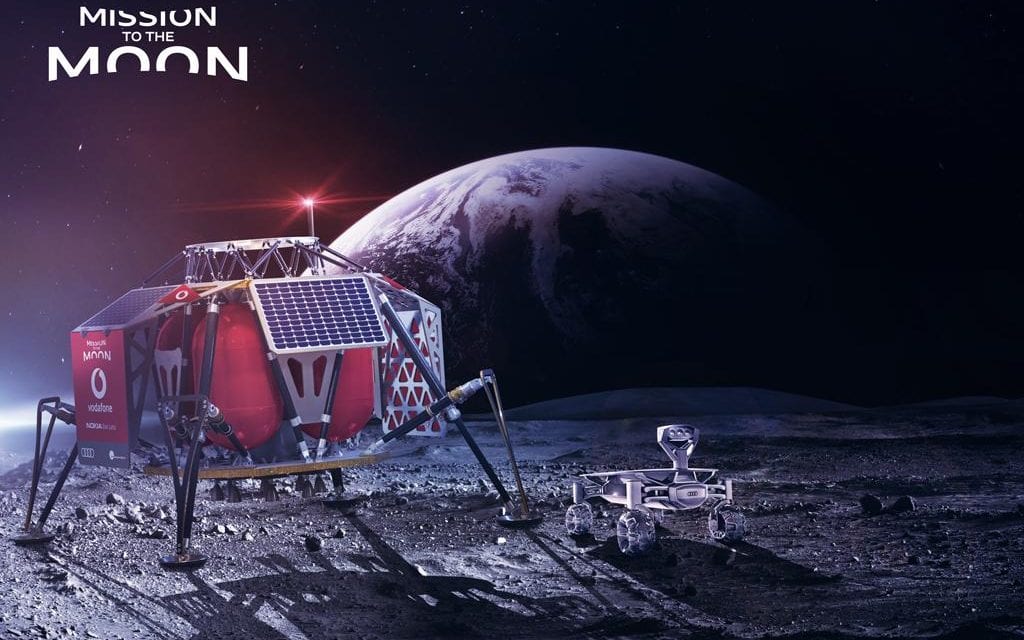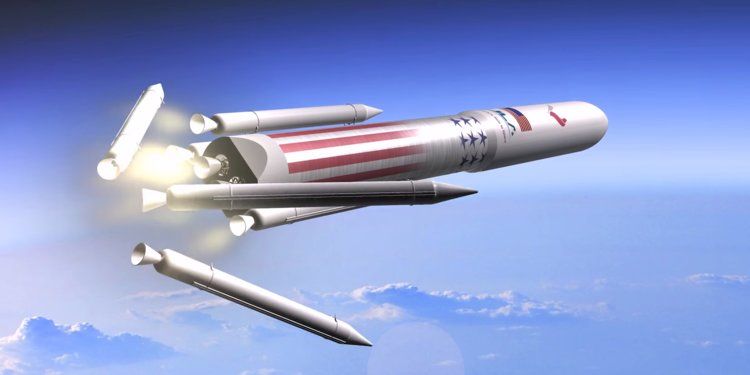Archive for the ‘space travel’ category: Page 425
Mar 9, 2018
NASA astronaut who spent a year in space now has different DNA from his twin
Posted by Genevieve Klien in categories: biotech/medical, space travel
Space travel is dangerous for a lot of very obvious reasons — traveling off of Earth on a rocket has its risks, after all — but even when everything goes well it seems that a brief stay in space has the potential to alter a person’s very DNA. That’s the takeaway from a long-term NASA study that used astronaut Scott Kelly and his twin brother Mark as guinea pigs to see how living in space can affect the most basic building blocks of life.
Scott Kelly has spent over 500 days in space overall, but a huge chunk of that came with a single mission which had him stay aboard the International Space Station for 342 days. His brother Mark, who is a retired astronaut, is his identical twin and has the same DNA. This provided a never-before-possible opportunity for NASA to study how long-term space travel affects the human body and the genes that make us who we are. As it turns out, space really does change us, and upon Scott’s return to Earth it was discovered that his DNA has significantly changed.
Don’t Miss : 12 different Nexus smartphones just got deep discounts in Amazon’s one-day sale.
Mar 9, 2018
We Just Completed a Record-Breaking Test of a Revolutionary Ion Engine
Posted by John Gallagher in categories: military, space travel
When it comes to the future of space exploration, a number of new technologies are being investigated. Foremost among these are new forms of propulsion that will be able to balance fuel-efficiency with power. Not only would engines that are capable of achieving a great deal of thrust using less fuel be cost-effective, they will be able to ferry astronauts to destinations like Mars and beyond in less time.
This is where engines like the X3 Hall-effect thruster comes into play. This thruster, which is being developed by NASA’s Glenn Research Center in conjunction with the US Air Force and the University of Michigan, is a scaled-up model of the kinds of thrusters used by the Dawn spacecraft. During a recent test, this thruster shattered the previous record for a Hall-effect thruster, achieving higher power and superior thrust.
Hall-effect thrusters have garnered favor with mission planners in recent years because of their extreme efficiency. They function by turning small amounts of propellant (usually inert gases like xenon) into charged plasma with electrical fields, which is then accelerated very quickly using a magnetic field. Compared to chemical rockets, they can achieve top speeds using a tiny fraction of their fuel.
Continue reading “We Just Completed a Record-Breaking Test of a Revolutionary Ion Engine” »
Mar 4, 2018
The Moon Is Getting A 4G Network
Posted by Genevieve Klien in categories: internet, space travel
For all those people wandering around our great Australian cities and spewing they can’t watch a streaming video over 4G because of network access and congestion — we’ve found a place where you can get access to a brand new 4G network that isn’t being hammered. The downside — you’ll need to travel about 384,000km to get there. Nokia and Vodafone are teaming up to put 4G on the moon.
German company PTScientists is planning the first privately-funded Moon landing in 2019, using a SpaceX Falcon 9 rocket from Cape Canaveral. Their plan is is to look at an old roving vehicle left behind back in 1972, when the last Apollo mission left the lunar surface. And, to do that, the new vehicles they’re sending up small, 1kg, base stations to transmit HD images from the moon’s surface back to earth for the first time. Audi is building the vehicles that will be used on the lunar surface.
Nokia said “The 4G network will enable the Audi lunar quattro rovers to communicate and transfer scientific data and HD video while they carefully approach and study NASA’s Apollo 17 lunar roving vehicle that was used by the last astronauts to walk on the Moon”.
Mar 3, 2018
Jupiter’s South Pole Looks Like a Literal Gem in New Enhanced Image
Posted by Genevieve Klien in category: space travel
A new enhanced image of Jupiter taken by NASA’s Juno spacecraft displays a breathtaking angle of Jupiter’s south pole while half of it is cloaked in darkness.
Mar 2, 2018
The ‘Impossible’ Quantum Space Engine That Breaks Laws of Physics
Posted by Shailesh Prasad in categories: quantum physics, space travel
A couple of years ago, researchers at NASA’s Johnson Space Centre discovered a thruster system which actually generates thrust, despite requiring absolutely no propellant. The implications of this discovery are far-reaching; applications for space flight and other technologies which require propulsion could one day become far cheaper, allowing space exploration to expand exponentially.
The existence of this technology also further validates the fact that energy can be derived from tapping into the quantum vacuum, also known as “zero-point.”
Feb 27, 2018
Vodafone to install 4G network on the Moon
Posted by Klaus Baldauf in categories: internet, space travel
T he Moon will have a 4G mobile network installed next year, according to plans set out by Vodafone and Nokia.
The mission, organised by space exploration company PTScientists, will be the first ever privately-funded Moon landing.
Nokia masts will be launched on a SpaceX rocket in 2019 from Cape Canaveral Air Force Station in Florida, USA.
Continue reading “Vodafone to install 4G network on the Moon” »
Feb 26, 2018
Asteroid mining: What is it? SpaceX Falcon Heavy could make it a reality
Posted by Genevieve Klien in category: space travel
ASTEROID mining may sound like science fiction – but one astronomer believes it is getting closer to becoming a reality.
Feb 26, 2018
SpaceX’s biggest rival has a ‘genius’ plan to cut its rocket launch costs more than 70%
Posted by Genevieve Klien in category: space travel
United Launch Alliance’s upcoming Vulcan rocket will parachute its giant engines back to Earth for reuse, lowering launch costs to $100 million per mission.
Feb 24, 2018
Trump’s ‘Back to the Moon’ Directive Leaves Some Scientists with Mixed Feelings
Posted by Genevieve Klien in category: space travel
While some planetary scientists are enthusiastic about Trump’s proposal to send astronauts to the moon before Mars, others are leery about what it could cost or if it will happen.

















